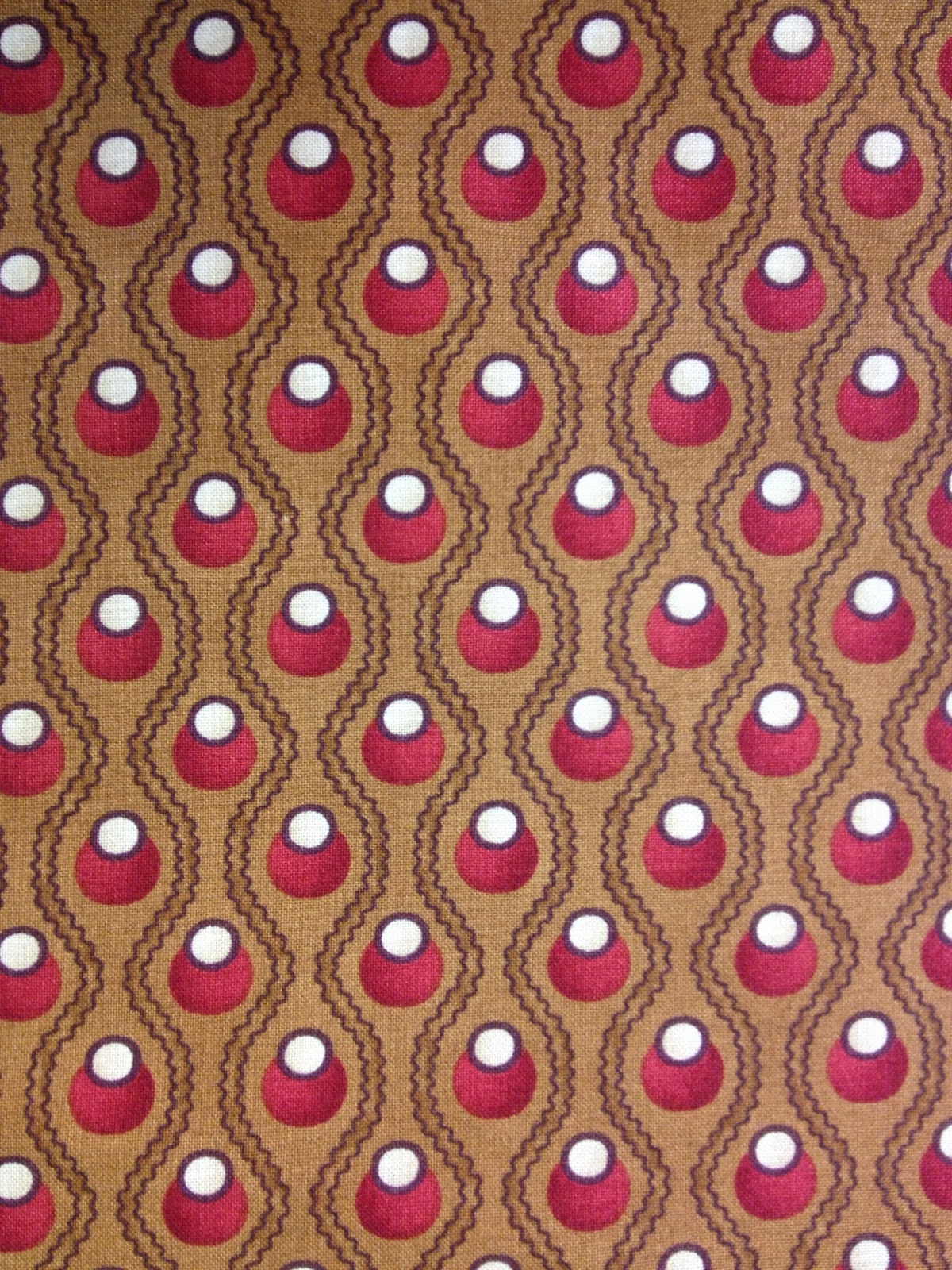My internship is the best experience I've ever had and, even better, I'm getting college credit for it through Monroe Community College!! (It's official now as I've paid the bill to prove it.) As part of the credit arrangement, I will be sending a page or so write up of each week's highlights to my EBL101 ("Experienced Based Learning") professor. This also means that, from now on, I will be reporting on both the Sophia Project progress and experience days together in neat, weekly updates. But, first, there's a bit of catching up to do...
July 30, 2014: I was paired again with village craftsperson Ron Tyler for a day of spinning at
Keiffer! Ron is a very patient and knowledgeable teacher, so I knew I was in for another enjoyable experience. In the morning, Ron put me to work cleaning and carding wool to be spun in the afternoon.
In the afternoon, I had the chance to try my hand at spinning. I started with a drop spindle, which I quickly discovered was aptly named. Regardless of my efforts, I was not very successful at spinning with the drop spindle, and moved onto the Anglican wheel. Sewing experience made treadling easier and, despite the difficulties of hand-foot coordination, I was able to spin a nice amount of wool yarn.
.JPG) |
Spinning wheel & hand carders
|
To finish the day, I got to attempt spinning linen thread on Ron’s Irish castle wheel! Even with his help, it took all of my concentration to pull, bind with water and guide the linen fibers, while keeping my foot treadling.
.JPG) |
Antique Irish castle spinning wheel
|
I learned right along with the visitors about wool and flax, as he interpreted and demonstrated spinning. I even was given examples of cotton on the seed, combed cotton, unwashed and washed wool, and toe and line flax to remember the experience.
.JPG) |
Flax seeds, toe flax (above, considered a waste product and can be used for spinning a thicker cord), line flax (below, fine fibers perfect for spinning into thread) & hand-spun linen thread
Did you know that the Egyptians (and some poor Colonial men) used the smooth, line flax in their wigs? Sure gives a whole new meaning to the term "flaxen hair"
|
.JPG) |
Washed wool & hand-spun wool thread
|
August 8, 2014: In place of a hands-on craft experience day, I subbed in the 1855 Romulus Female Seminary, the building I normally interpret on weekends, for Richard, a fellow interpreter. (I will be doing a post on the history and interpreting here later.) Not only is the history of the building and 19th century education fascinating, but the interactive environment of the seminary, or finishing school, really adds another positive dynamic to the visitors’ living history museum stay. I find that connecting the historical aspects with the modern student experience allows me to better engage both adults and children. And, I know I have been successful when I receive an “I never knew that” comment, hear laughter and learn from the visitors.
August 14, 2014: Back in costuming again! I started the morning by cutting out Sophia's sleeves and gussets. Afterwards, we all took a field trip to the gallery to ogle at the newest additions to the Susan Green Historic Clothing Collection. According to the curator, the museum was granted first pick at the garments being auctioned from the Rochester Museum and Science Center’s collection. Part of the acquisitions include a delicate 1850s drawn bonnet, an 1860s wedding ensemble, a 1870s wrapper with similar trim to my Sophia’s and, my favorite, a golden 1820s pelisse with sea green piping and buttons.
I then spent the rest of the afternoon daydreaming about future clothing projects and cutting out lining for the bodice of the new wrapper. By closing time, I had finally finished all of the cutting, leaving assembling as the next step in the Sophia project!
August 15, 2014: I had the opportunity to join talented craftsperson Sandy at
Humphrey House for a day of weaving! All morning, Sandy taught me about the basics of weaving from winding the warping board at the cross, which is crucial for keeping the threads from tangling, to the complicated process of threading the floor loom.
 |
Antique Barn Loom in Humphrey's Pink Parlor
|
The loom system depends on maintaining the tension between the warp and cloth beam, working a system of pulleys that raise the harnesses, and carefully threaded heddles and reeds.
At the moment, the project on the loom is a complicated Shaker blanket reproduction, which features diamond shapes within the plaid stripes, made from indigo-dyed wool yarn. Best of all, once Sandy had demonstrated a few shots on the loom, she handed me the shuttle and helped me do a sequence.
 |
View from the loom
|
 |
Another view from the loom featuring the boat shuttles & rare, antique reed.
|
For the rest of the day, I enjoyed weaving on the tape loom and made about a yard of woven tape. While Sandy interpreted at the floor loom, I encouraged a few of the guests to try their hand at the tape loom.
.JPG) |
Tape loom - I really, really, really want one of my own now!
|
.JPG) |
Close up of some of the tape I wove
|
Finally, one of my most memorable moments of the day was explaining the flax to linen process to an interested guest who noticed the equipment display in the adjoined barn space. It then sank into me how much I am truly learning from this internship!
Helpful links referenced:

.JPG)





.JPG)
.JPG)

.JPG)
.JPG)
.JPG)
.JPG)





.JPG)
.JPG)






.JPG)
.JPG)














